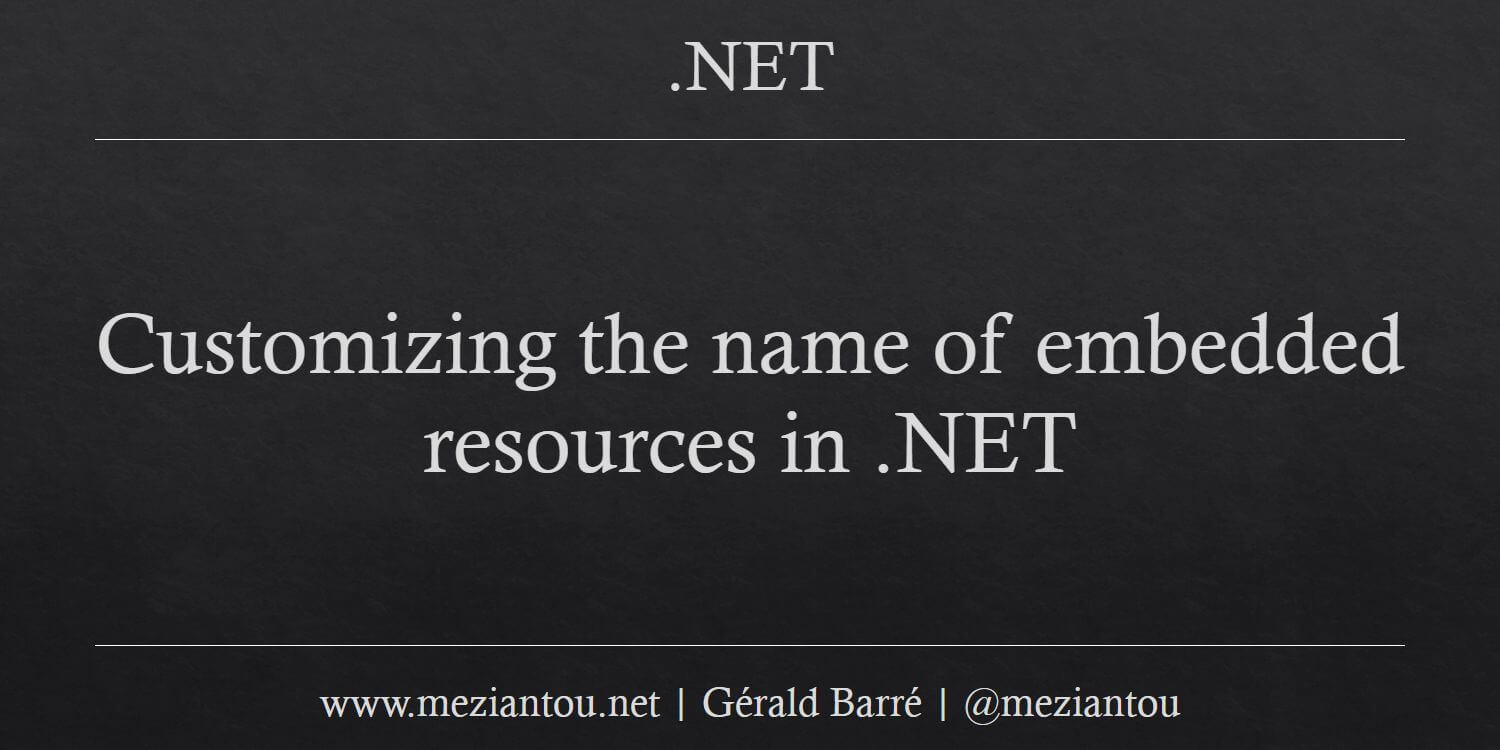- MindByte Weekly Pulse: Quick GitHub, Azure, & .NET Updates
- Posts
- MindByte Issue #47: Unveiling Tech Treasures
MindByte Issue #47: Unveiling Tech Treasures
Exploring GitHub Enhancements, Azure's Developer Delights, and .NET's Noteworthy Novelties
Welcome to this week's MindByte Weekly Pulse! We've curated insightful updates from GitHub, Azure, and the .NET realm to fuel your developer curiosity. Dive in and enjoy the read!

Gif by afv on Giphy
Pulse of the week
GitHub Universe conference is just around the corner, kicking off next week in San Francisco. I am excited to attend and bring back a wealth of information from the event. Stay tuned for a detailed report on all the noteworthy announcements in our next edition!
GitHub Digest
Revamping Navigation: GitHub's New Branches and Commits Pages Unveiled
GitHub recently previewed updates to its branches and commits pages, aimed at enhancing navigation, performance, and accessibility.
Key features include a clarified list header on the branches page and the ability to filter commits by date on the commits page, significantly refining the user experience.
Before  | After  |
To access these improvements, enable the feature preview under your Feature Preview options dialog.
Elevate Your GitHub Profile: Accessibility Tips to Shine
GitHub elucidates on enhancing profile README accessibility, underscoring inclusive design. Tips cover providing link context, adding image alt text, proper heading structure, using plain language, and correct list markup.
Additionally, suggestions for linting your markdown are provided to validate conformity to best practices.
These adjustments benefit individuals with disabilities and improve clarity and usability for all, reflecting a commitment to inclusivity.
Harnessing Contributor Insights: GitHub's New Action Unveiled
GitHub introduces a new tool, the Contributors GitHub Action, designed for project maintainers and organizations to gain valuable insights into contributor engagement.
This tool aids in identifying potential new maintainers, appreciating the contributions, and understanding the dynamics of contributor involvement over time. It offers metrics like total number of contributors, contributions, and individual activity, thus fostering a more inclusive and thriving community.

Automation steps for implementing this action are provided in the article, guiding through the process of setup and configurations.
Raven: Unveiling Hidden Risks in CI/CD Pipelines
Raven, an open-source CI/CD pipeline security scanner, illuminates hidden risks by analyzing vulnerabilities throughout pipelines. Initially tailored for GitHub, Raven breaks down workflows into components, enabling effortless vulnerability identification.
It boosts security teams' ability to implement secure development practices alongside DevOps teams. The tool, leveraging a knowledge base from extensive research, is structured to download, index, and report suspicious findings in workflows, thereby advancing an organization’s Application Security Posture Management (ASPM) capabilities.
Swift Dev Setup with .NET DevContainer Template
The .NET team has rolled out a starter Codespaces definition, simplifying the setup of .NET development environments. This new template facilitates a quick setup of essential tools and extensions, encapsulated within a devcontainer, offering a seamless transition between local and Codespaces environments.
It's particularly beneficial for developers aiming for a consistent, ready-to-go setup across various projects, ensuring they have the necessary resources.
Infinite Automations: A Nexus for GitHub Actions and Terraform Modules
Infinite Automations is a rendezvous for automation aficionados, offering a platform to propose and discuss new automation solutions.
It features repositories like 'Terraform All-In-One' for simplified infrastructure provisioning, 'TFLint All-In-One' ensuring Terraform code adheres to best practices, and 'container-build-push' for building and publishing multi-architecture container images.
Engage in polls, discussions, and collaborate on GitHub Actions and Terraform modules to innovate automated workflows and enhance infrastructure provisioning.
Coding Corner
Demystifying Unicode: A Developer's Insight into Character Encoding
This blog post unveiled many aspects of Unicode and UTF-8 encoding, teaching me much I didn't know before.
It explained Unicode's basic structure, UTF-8's efficiencies, and common mistakes to avoid. I learned about UTF-8's variable-length nature, making it compact for most text, and the importance of handling characters correctly to prevent encoding errors.
This knowledge is crucial for ensuring software robustness and data integrity, making it a valuable read for developers.
Tailoring Embedded Resource Names: A Handy .NET Trick
In .NET projects, embedded resource names are generated from the file path by default, which may lead to conflicts when trying to create a virtual file system.
However, a clever workaround shared on Meziantou's blog allows for customizing these names using the LogicalName attribute in the csproj file.
This adjustment ensures the resource names reflect the actual file hierarchy, making it straightforward to create a virtual file system from the embedded resources. By adopting this trick, developers can avoid potential naming conflicts and manage resources in a more organized and intuitive manner.
Azure Updates & Insights
Simplifying Development: Snippets and Traffic Splitting in Azure Static Web Apps
Azure Static Web Apps now feature Snippets and Traffic Splitting, boosting development workflows and productivity.
Snippets allow code injection into each webpage without altering the source code, useful for adding analytics scripts or global UI elements.

Snippets
Traffic Splitting, on the other hand, enables gradual rollout of site versions, aiding in reducing rollout risks and facilitating A/B testing.

Traffic splitting
The simplicity and potency of static web apps, especially with these additions, resonate well with me, making development a more streamlined and insightful endeavor.
.NET Nook
Unveiling Private Methods in C# 8 Interfaces
Steven Giesel shares a C# 8 feature where interfaces can have private methods via Default Interface Methods. This allows adding new methods to interfaces without affecting existing classes.
This feature surprised me as I always thought interfaces couldn't contain actual implementations.
Collection Expressions and Spread Operator: Streamlining Collections in C# 12.0
With .NET 8 around the corner, a feature in C# 12.0 called Collection Expressions and Spread Operator is catching attention.
This feature simplifies collection initialization and manipulation, allowing for easier concatenation of collections using a spread element ... It's a game-changer for handling collections, offering a more intuitive way to work with grouped data.

I was particularly thrilled to discover this, shattering my earlier assumption that handling collections could be cumbersome, and appreciating the continual evolution in .NET aiming for developer efficiency.
Closing Thoughts
A huge thank you for joining me in this week's exploration through the tech realm!
Your engagement fuels this newsletter. If you haven't subscribed yet, hit that subscribe button to stay updated.
I also love hearing from you, so feel free to share your thoughts or questions in the comments or by simply replying.
Until next week, happy coding!







Reply